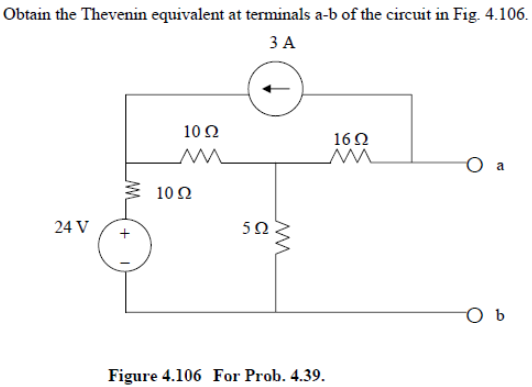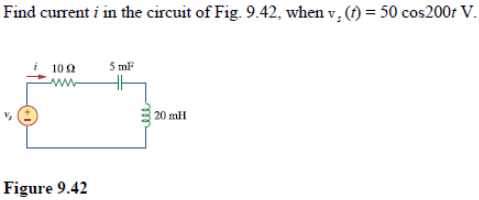FC715 Engineering
Foundation Course
FC715 Engineering
Practice EoM Exam
Question Book
Time: 120 Minutes
Instructions to students:
1. Read all instructions very carefully.
2. At the start of the examination, you should have:
i. this question book
ii. an answer book
3. Fill in the information at the top of each page.
4. Read the task information carefully before you begin to write.
5. Write your answer in this answer book.
6. Write in black or blue ink. Do not write in pencil.
7. Cross out any mistakes.
8. If you have questions at any time during the examination, you must raise your hand and wait for an invigilator. Do not attempt to communicate, by any means, with any other candidate at any time before or during the examination.
9. At the end of the exam, do not speak or leave your seat until you have handed the question book and answer book and any additional sheets of paper you may have used, to an invigilator, and you have been told by an invigilator that you may leave the room.
Q1
A vase of mass 0.5 kg drops to the ground form a height of 1.8 m. If air resistance is ignored and g = 10 m/s2:
a) Find the speed of the vase just before impact.
(2 marks)
b) Find the work done by the weight of the vase.
(1 marks)
c) Find the average power generated by the weight of the vase.
(2 mark)
Q2
A diver runs horizontally off the end of a diving tower 3.0 m above the surface of the water with an initial speed of 2.6 m/s. During her fall she rotates with an average angular speed of 2.2 rad/s.
(a) How many revolutions has she made when she hits the water?
(2 marks)
(b) How does your answer to part (a) depend on the diver’s initial speed? Explain.
(3 marks)
Q3
A cubical box of 20 cm on a side is completely immersed in a fluid. At the top of the box the pressure is 105 kPa; at the bottom the pressure is 106.8 kPa. What is the density of the fluid? What would be the effect on the pressure difference if the fluid had been water?
(2 marks)
A cylindrical container with a cross-sectional area of 65.2 cm2 holds a fluid of density 806 kgm–3. At the bottom of the container the pressure is 116 kPa.
a. What is the depth of the fluid?
b. Find the pressure at the bottom of the container after an additional 2.05 x 10–3 m3 of this fluid is added to the container. Assume that no fluid spills out of the container.
(3 marks)
Q4
A river gets narrower and shallower in a ‘rapids’ section. Suppose that at a certain point the river narrows to a quarter the width. What happens to the speed of the water when it gets to this point? Would the water pressure increase or decrease at this point?
(2 marks)
A horizontal pipe carries oil whose coefficient of viscosity is η = 0.00012 Nsm-2. The diameter of the pipe is 5.2 cm, and its length is 55 m. (a) What pressure difference is required between the ends of this pipe if the oil is to flow with an average speed of 1.2 m/s? (b) What is the volume flow rate in this case?
(3 marks)
Q5

(5 marks)
Q6

(5 marks)
Q7

(5 marks)
Q8

(5 marks)
Q9
a)
Create a truth table for the following logic circuit:

(2 marks)
b)
The figure below shows a logic circuit and its incomplete truth table. Complete its truth table.

***********************This is the end of the examination paper *************************
2021-04-02